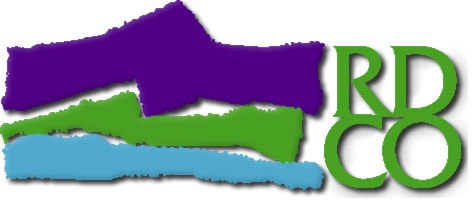The Regional District of the Central Okanagan is making it easier for people to get out and enjoy more regional parks trails.
Seven of the parks now have designated trails marked with names and rating signs so that visitors can see a degree of difficulty on a particular trail. There are also trail profiles provided giving a visual snapshot of elevation changes and other features over the length of these designated trails.
“In our Guide to Regional Parks, we’ve always provided a simple rating system for many of our outings in the ‘Take a Hike’ and ‘Explore Your Parks’ programs. But with a grant from the BC Community Recreation Program dedicated to improving trail signage and the visitor experience in our parks, we’ve been gradually rolling out a uniform trail naming/rating system along with trail profile information," said RDCO spokesman Bruce Smith.
"So a visitor can determine before starting their hike, whether the trail experience will match or perhaps challenge their ability.”
Green circles suggest a very easy/easy outing. Blue squares provide a more moderate experience, while black diamonds indicate a more difficult or very difficult trail over steep, variable terrain with more obstacles and little maintenance.
“Designated trails in Glen Canyon, Kalamoir, Rose Valley, Trepanier Creek Greenway, Johns Family Nature Conservancy, the Mission Creek Greenway and Mission Creek Regional Park all have trail name and rating signage in place," Smith said.
"The ratings are based mainly on slope and distance and provide visitors with a consistency across our park system. The experience on one trail in one park should be the same with a similarly rated trail in another.”
Trail ratings and profile information is available at information kiosks in these parks as well as for individual park webpages online www.regionaldistrict.com/pickapark. “We’ve created some information pages to help explain our trail rating and profile system. In addition, all our online park trail maps are GPS-enabled. That means you can use your smartphone or tablet’s internal global positioning system to enhance your experience and navigate our parks and trails,” Smith added.
We’re also very excited about a unique relationship involving our regional parks staff and local First Nations. Park visitors will notice recognition of the syilx/Okanagan culture with the new trail name signs. We’ve been collaborating for some time now with cultural services staff at Westbank First Nation and Sncəwips Heritage Museum to develop and translate trail names in both English and the Okanagan nsyilxcǝn language.
"We’re also starting to install interpretive panels in these areas to further explain the cultural and historical significance of the name in order to raise awareness and provide some context for this important aspect of life in the Central Okanagan.”
